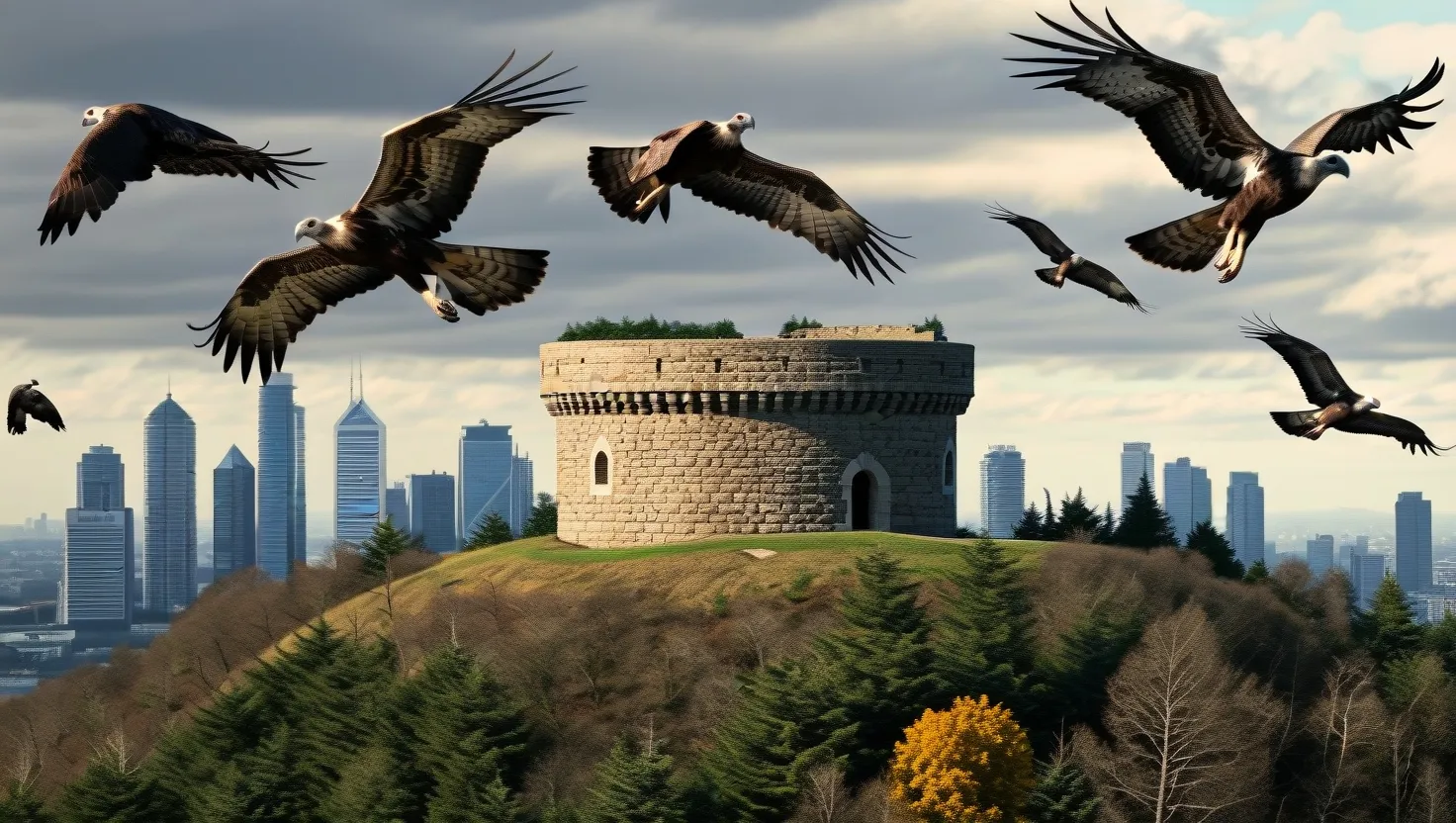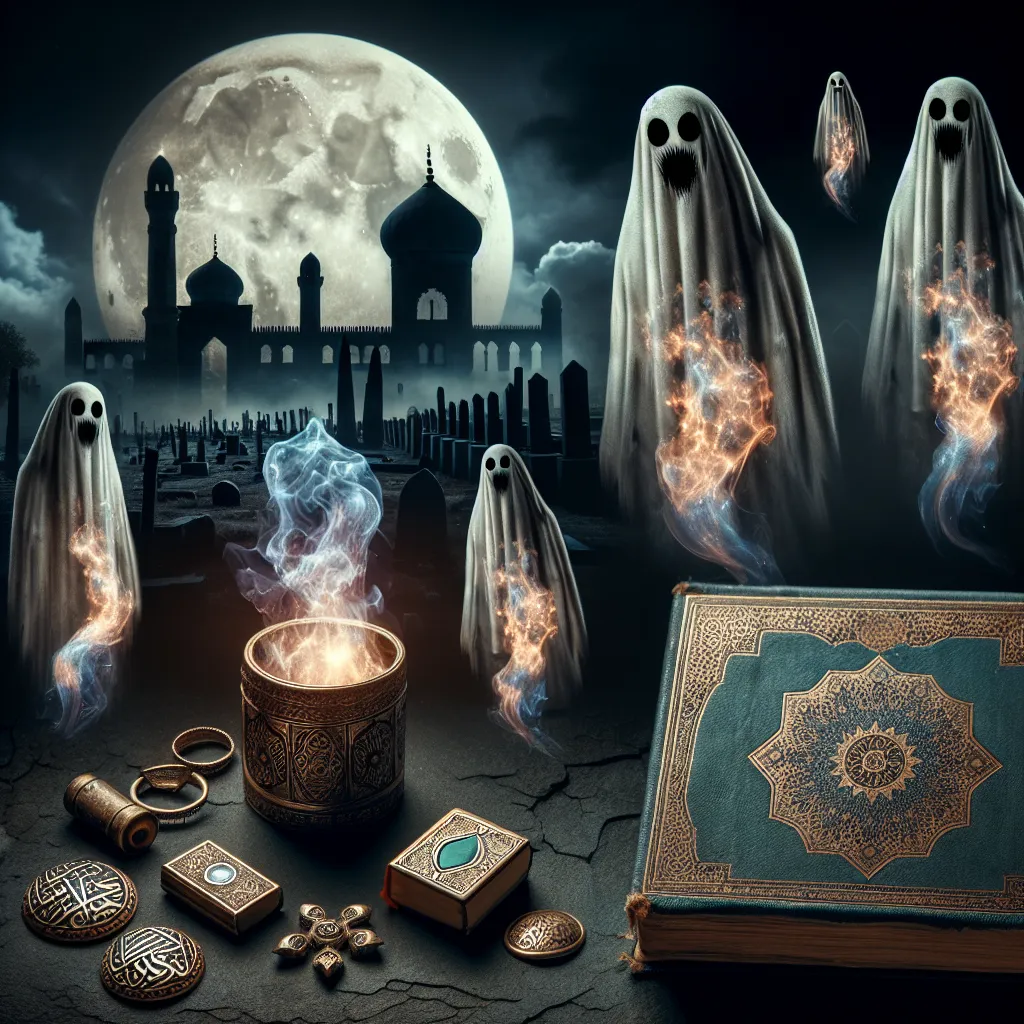In the heart of Mumbai, amidst the bustling streets and modern skyscrapers, there lies a peculiar and ancient tradition that has been a part of the city’s landscape for centuries. The Zoroastrian community, known as Parsis, has maintained a unique funerary practice that involves the use of structures called “Towers of Silence” or “dakhmas.” These circular, raised structures are more than just architectural curiosities; they are integral to the Zoroastrian faith and its intricate rituals surrounding death and the afterlife.
The concept of dakhmas dates back to the Sassanid era, between the 3rd and 7th centuries CE, although the practice of exposing corpses to the elements is even older, first documented by Herodotus in the 5th century BCE. The rationale behind this practice is deeply rooted in Zoroastrian cosmology. According to Zoroastrian beliefs, the earth, water, fire, and air are sacred elements that must be protected from contamination by the dead. When a person dies, the corpse is believed to be invaded by the corpse demon, Nasu, which can pollute these sacred elements if not handled properly.
To avoid this contamination, the Zoroastrians devised a method of disposing of the dead that is both eco-friendly and in line with their religious tenets. The bodies are taken to the Towers of Silence, where they are placed on stone beds arranged in three concentric circles: men on the outer ring, women in the middle, and children in the innermost ring. Here, they are left to the mercy of the elements and scavenging birds, primarily vultures.
The process is quite systematic. Once the vultures have consumed the flesh, the skeletal remains are left to be bleached by the sun and wind. After a year or so, the bones are collected and placed in a central ossuary pit within the tower. Here, they are further broken down with the help of lime and eventually washed away by rainwater, which passes through filters of coal and sand before reaching the sea. This method ensures that the sacred elements remain untouched by the decomposing bodies.
These towers are not just functional; they are also architecturally unique. They have an almost flat roof that is slightly higher at the perimeter than at the center. The structure is designed to facilitate the natural decomposition process, and only a special class of pallbearers, known as “nusessalars” or “khandias,” are allowed to enter the ritual precinct.
In Mumbai, the Towers of Silence are located in a 54-acre forest on Malabar Hill, one of the city’s most affluent neighborhoods. This area, known as the Doongerwadi, has been a sacred site for the Parsi community since the 17th century when the English Governor of Bombay allocated the land for their burial grounds. Over time, as the city expanded, the forest and its towers remained a constant presence, albeit one that is increasingly challenged by modern urbanization.
One of the most significant challenges faced by the Parsi community in recent years is the drastic decline in the vulture population. In the 1990s, the introduction of anti-inflammatory medication in livestock led to a syndrome known as “drooping neck” in vultures, causing their numbers to plummet by 97%. This decline has severely impacted the sky burial tradition, as smaller birds of prey are inefficient and messy in consuming the corpses. The result is a buildup of decomposing bodies, leading to complaints from nearby residents about the smell and public health concerns.
In response to this crisis, the Parsi community has explored various alternatives. There have been attempts to breed vultures in captivity and build aviaries around the towers, but these efforts have been unsuccessful. Other methods, such as using powerful solar concentrators to desiccate the corpses, have also been tried but found ineffective, especially during the monsoon season. Many Parsis have now opted for cremation, a practice that is considered an abomination by orthodox Zoroastrians because fire is a sacred element that should not be contaminated by corpses.
The struggle to maintain this ancient tradition in a modern urban setting is not unique to Mumbai. In Iran, where the practice of sky burial originated, it was outlawed in the 1970s. Zoroastrians there have had to adopt other methods, such as burying bodies in cement-lined coffins to prevent contamination. For Zoroastrians in diaspora, the situation is even more complex. They often face the dilemma of choosing between burial and cremation, neither of which aligns with their traditional beliefs.
Despite these challenges, the Parsi community remains committed to preserving their funerary rituals. The Towers of Silence are more than just places of death; they represent a seamless cycle of life and death that has been passed down through generations. They symbolize a deep respect for the natural world and a belief in the sacredness of the elements.
In a world where urbanization and modernization are rapidly changing societal norms, the Zoroastrian practice of sky burial stands as a testament to the resilience of minority faiths. It highlights the intricate intersection of religious customs, public health concerns, and urban planning. As cities continue to grow and evolve, it is crucial to understand and respect the diverse traditions that make up the fabric of our global community.
The story of the Towers of Silence is not just about death and burial; it is about the enduring power of faith and tradition in the face of adversity. It is a reminder that even in the most modern of cities, ancient practices can continue to thrive, albeit with some adaptations, and that these practices are an integral part of what makes our world so rich and diverse.






